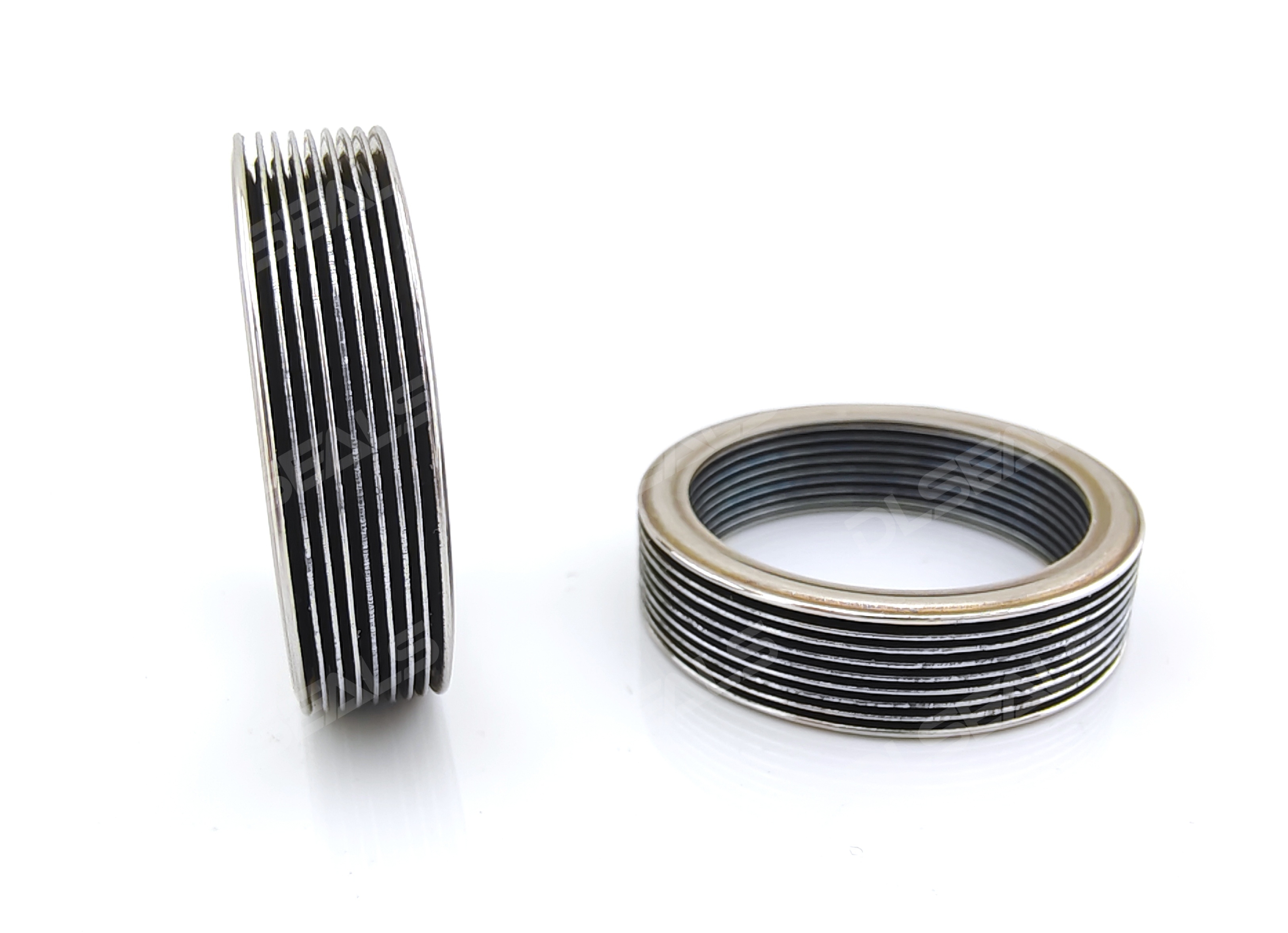News
A2025-07-07

Within the seemingly rigid structures of modern industry and the intricate worlds of precision instruments, some "miracles of flexibility" silently ensure system safety and smooth operation. The bellows, a corrugated tube true to its name, stands out as a core component in countless devices. Leveraging its unique "flexibility conquers rigidity" trait, it acts as an indispensable "flexible workhorse."
I. The Core Principle of Bellows: The Power of Deformation
The working principle of bellows is elegantly simple and ingenious, masterfully combining material elasticity with clever geometric structure:
II. Ubiquitous Bellows: Unlocking Their Applications
Bellows find incredibly wide-ranging applications as key flexible components for connection, isolation, and motion:
III. Diverse Materials Enable Bellows for Different Applications
Bellows are manufactured from various materials to meet requirements for temperature, pressure, media compatibility, etc.:
| Category | Materials | Key Characteristics | Typical Application Scenes |
|---|---|---|---|
| Metallic | Stainless Steel (304, 316L, etc.) | High strength, excellent high temp./pressure resistance, superior corrosion resistance | Industrial pipe compensators, valve seals, aerospace, petrochemical |
| Copper Alloys (Phosphor Bronze, Beryllium Copper) | Good thermal/electrical conductivity, excellent elasticity and fatigue resistance | Precision instruments, small sensors, heat exchanger connections | |
| Nickel Alloys (Monel, Inconel) | High temp. resistance, exceptional corrosion resistance, good thermal stability | Harsh chemical environments, high-temp. fluid systems | |
| Titanium Alloys | High strength-to-weight ratio, superb corrosion resistance, biocompatible | Aerospace, deep-sea engineering, medical devices | |
| Non-Metallic | Rubber (EPDM, NBR, FKM) | Excellent flexibility, vibration damping, wear resistance, low cost, easy molding | Automotive exhaust pipes, low-pressure water pipe vibration dampers, general pipe compensation |
| PTFE (Teflon) | Exceptional chemical resistance, wide temp. range, low friction, excellent insulation | High-purity chemical transport, semiconductor equipment, seals for corrosive media | |
| Polyester/PU (Reinforced) | Wear, oil & fatigue resistance, good torsional strength, cost-effective | Industrial dust hoses, high-pressure wash pipes, hydraulic line protection sleeves |
IV. Key Design Elements: Structure Dictates Performance
Conclusion: Compact Powerhouse - The "Soft Power" in Precision Engineering
From controlling rocket engine fuel to preventing leaks in a home faucet, inside semiconductor lithography tools, or delivering breath from a medical ventilator – bellows use their flexible form to resolve rigid conflicts. They provide an outlet for thermal expansion, compensate for pipeline movement, and ensure controlled sealing during high-speed rotation or fluid pressure. They are the flexible "bridges" within rigid systems, ensuring stability and safety through their inherent elasticity.
Designing a bellows is fundamentally an art of finding an exquisite balance between structural rigidity and material elasticity. Tiny as they are, they are critical junctions enabling vast systems to function smoothly and precisely. With each deformation, bellows articulate the engineering philosophy of flexible strength: adaptation is as vital as support; enabling flow and containing it are both essential for safety.
Note: Selecting bellows requires careful consideration of pressure range, temperature limits, media properties, displacement amounts, and life expectancy. Always refer to professional standards (such as EJMA, ISO) or consult specialists for specific applications.
[DLSEALS kindly Reminder] Sealing issues? Turn to DLSEALS! As a sealing component manufacturer, we specialize in customizing sealing components, providing a full range of services from design, research and development, production, testing, and more. If you have more information you'd like to know, feel free to contact us directly. DLSEALS's product experts are dedicated to serving you!